Text
A recent interview of Alison Mosshart from The Kills for music magazine Dans Ta Face B. Full interview under the cut and French version on their website.
La Face B : You’ve just released your sixth album, God Games, twenty years after your first record. Which means you’ve been making music together for two decades now. You’ve mentioned a few times in recent interviews being ‘terrified’ of the process of recording this album. Obviously, danger is inherent to creativity and passion. What were you scared of in particular, regarding your own history as a band? Can one as a musician actually ever get rid of this fear?
Alison Mosshart : I think as an artist, fear is good. Fear keeps one alert and desirous to discover something new in oneself, in one’s work, and about the world. Fear is a simple word to describe “facing the unknown.” At the start of every album, you are facing the unknown. There is nothing, a blank page... and you have to muster up the courage to turn this nothingness in somethingness. And not just any old thing. But something truly great.
Even though we’ve been writing music together for 20 years, nothing is a given. Nothing is taken for granted. We constantly must prove to ourselves and to one another that we’ve got the goods. Every record is as important as the first, at least to the artist.
La Face B : When I first heard the album, I was under the impression that I was listening to a movie sequence or a journey, with some kind of movements. You kept the traditional verse-chorus structure in most songs, but they also sound like something else. What do you think evolved the most in your music over the years? And on the other hand, is there something that definitely stayed true to your first sound?
Alison Mosshart : A couple of things. We both think the traditional verse chorus structure is a little at odds with the mind. Whereas novels and poetry and film... can veer around elegantly, it’s a little hard with rock n’ roll structure sometimes. It’s nice not following the traditional rules and allow some abstraction.
Thoughts by nature...zig zag, skip, don’t really work in liner or predictable order. Thoughts lead to thoughts lead to other thoughts say “california can’t be trusted” to “I love rollercoasters” to “Thursday’s good for me,” to “I wonder what happened to Bob?” “Green car,” “dog bit my face,” “phone’s dead again” “papercut!” And on and on and on.
Having said all that, I do think our music is very visual. It seems to contain its own colours and shapes and tactility. I know when a song is done by listening to it and seeing it from start to end. When it feels like I’m watching a play or a short film and I’m satisfied with what I’ve seen, I’m happy with the song. If I’m listening and the scene freezes, there is still work to do.
La Face B : Did having another person involved in the studio give you a different perspective on your music?
Alison Mosshart : Having another person in the room always gives you a different perspective. You know right away if a song is working by feeling the energy of that person hearing it for the first time. They don’t have to say a word. The truth is just there.
La Face B : Your lyrics almost always address another person, like a dialogue between two people. Love and hate, hope and failure, tenderness and violence blend into each other in the stories you tell. They also almost always convey a sense of urgency. Alison, do you still record and write your lyrics in your car while driving at fast speed, CARMA-style?
Alison Mosshart : Sure. We’re all contending with one another and ourselves. There is surely a lot of back and forth and push and pull going on in the lyrics. The war is never won, right? About cars, I love to drive. It’s very meditative for me. A lot of ideas come when I’m behind the wheel. I do still have a little Dictaphone in the car that I keep handy. It’s a safer option then a pen and pad.
La Face B : When I first saw you in 2011 at Rock en Seine during the Blood Pressures tour, there were two other musicians with you onstage. Lately, it looks like you’ve gone back as a two piece again. Is it important to you not to depend on anyone? Is it a way of not having to compromise?
Alison Mosshart : Different times call for different measures. We love playing with other musicians and we love playing as a two piece. During certain records, it made a lot of sense to have the back up. But it was a different time in the music industry too. We’re in a different world now 6 years later. Streaming has made it unaffordable to hire extra musicians. Which I think is ultimately a very bad thing. I hope one day things change.
La Face B : The Kills have always been a very visual band. Alison, you’re also a painter, and Jamie, I’ve heard in a recent interview that you would have loved to collaborate with Lucian Freud… Do you feel the need to explore other art forms to maintain this global approach to music?
Alison Mosshart : We’ve always painted, drawn, taken photos, filmed things. I love every art form. I don’t think it’s important to do all these things to maintain a global approach to music. I’m not sure what a global approach to music even is. I just love making art. It all comes from the same place I think.
La Face B : A friend of mine who doesn’t like rock music was telling me the other day how he thought he witnessed the best rock concert he’s ever been to after seeing you live in Paris, precisely because your music didn’t sound like rock to him. I found that very interesting because you do have that kind of bluesy-guitar signature style, while also playing with noisy textures that could come from a cut-up approach, like hip hop music does. Do this kind of approach inspire you? Do you pay any attention at all to genre while writing?
Alison Mosshart : We see ourselves as an electric guitar band before a rock n’ roll band. With an electric guitar and a vocal, you can do anything, any genre, any style, fuck around with any rhythm you want. Being a two piece is the only limit we have, everything else, every idea that we can conceive of starting from that point, is fair game.
La Face B : Lastly- I recently came across these images and immediately thought of The Kills. A series of photographs by John Divola titled ‘Dogs Chasing My Car in the Desert’, which he took in 96-98 while driving in the Southern California desert, conjuring existential themes like isolation and desire, man versus wild, joy versus fear. It made me think of God Games’ cover, with the bull and the matador, but it also reminded me of Don Van Vliet’s painting retreat in California after Captain Beefheart’s ending, and of Vanishing Point’s iconic car chase. Basically a lot of the things you’ve often mentioned as an inspiration. I wanted to point it out to you, see if you knew this photographer. What does it evoke for you?
Alison Mosshart : I love this photo series. Meditative again, like driving a car. It’s cool to see stills of animals running, their shape, their sleekness, the body transformed into a bullet. I don’t know why but it makes me think of Benton Harbor, Michigan in the snow and the dogs at Key Club (a recording studio we worked at a lot) running down the desolate main street in a town that time forgot. These photos look like love and loyalty to me.

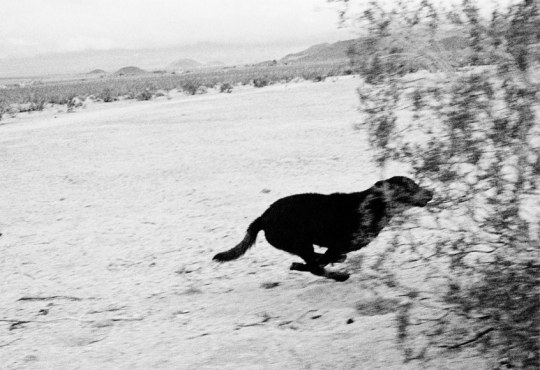

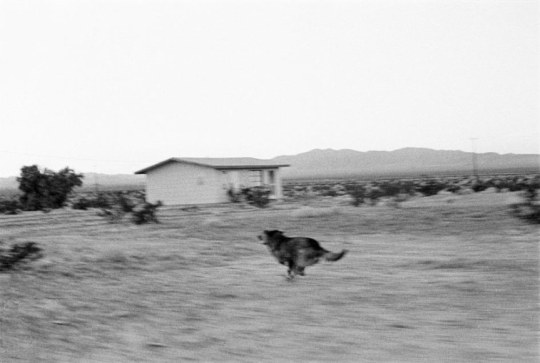
22 notes
·
View notes
Text
The Kills, jeu dévoué
La série de photographies intitulée Dogs Chasing My Car in the Desert, réalisée entre 1996 et 1998 par l'artiste américain John Divola, capture l'instant pendant lequel des chiens poursuivent sa voiture lancée à pleine vitesse sur une route désertique de la Californie du Sud. Toute la puissance existentielle de cette série tient précisément dans la fugacité du moment saisi, celui où le chien atteint la fenêtre du conducteur pour capter son regard, dans l'espoir vain de rattraper la voiture. À propos de ces photographies, John Divola déclare : « Contempler un chien poursuivant une voiture invite à de nombreuses métaphores et juxtapositions : la culture et la nature, le domestique et le sauvage, l'amour et la haine, la joie et la peur, l'héroïsme et l'idiotie. Ici, nous avons deux vecteurs et deux vitesses, celle d'un chien et celle d'une voiture et, étant donné qu'un appareil photo ne capturera jamais la réalité et qu'un chien n'attrapera jamais une voiture, c'est la preuve d'une dévotion à une entreprise sans espoir. »

John Divola, D05F23 de la série Dogs Chasing My Car in the Desert, 1996-1998.
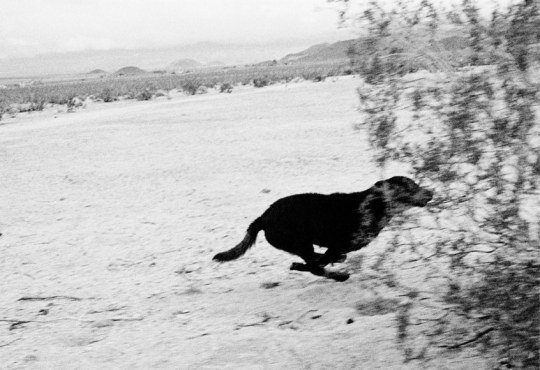
John Divola, D10F15 de la série Dogs Chasing My Car in the Desert, 1996-1998.
The Kills ont toujours fonctionné en double et en antagonisme. Alison Mosshart et Jamie Hince sont les deux faces d'une même pièce. C'est la tension entre l'isolement et le désir qui est leur moteur de création. La juxtaposition des opposés – domestique et sauvage, héroïsme et idiotie, joie et peur – est manifeste jusque sur la pochette de God Games, où matador et taureau s'affrontent.
À l'écoute de ce disque, le temps passe à une vitesse folle. C'est le temps d'un regard à 130 km/h derrière soi pour y apercevoir un animal à bout de souffle. Non pas parce que ses chansons sont courtes, mais parce qu'il n'y a rien d'aussi immédiatement obsédant que dans Keep On Your Mean Side, No Wow, Midnight Boom, ou même Blood Pressures et Ash & Ice (qui s'essoufflait déjà parfois). Bien sûr, les premiers morceaux des Kills visaient plus juste par leur proximité avec l'ethos DIY, un beat rustique sur une boîte à rythmes bâtarde, un riff à la manière d'un bluesman aveugle, des paroles crachées avec droiture et l'urgence punk dans la voix. Écouter Keep On Your Mean Side, c'est comme lire un fanzine trouvé à prix libre dans une cave où joue un concert de garage rock en 1997 : Xerox ou 4-pistes, même combat.
L'album God Games, lui, fait plutôt l'effet de séquences de films contemplatifs, se voulant artistiques et en marge des tendances, mais avec un très bon budget alloué au montage. Ce qu'il y gagne en production, il le perd en expressivité personnelle et en saleté sincère. Dans un paradoxe un peu fâcheux, les premiers singles révélés cet été, New York, LA Hex et 103, distillaient jusqu'au gimmick toute la substance de leur univers garage et indie rock, sans produire cet effet accrocheur des anciens tubes. Il y a ici de bonnes idées et quelques fulgurances mais, à rebours du récit promotionnel vendu par le label et le groupe lui-même dans les nombreuses interviews récemment données à la presse, qui promet un changement de son, une liberté absolue et une approche expérimentale de la composition, il est intéressant de constater que les meilleurs morceaux de l'album – j'entends par là, les plus réussis soniquement, ceux dans lesquels on entend l'aisance technique, la facilité de l'habitude – sont ceux qui sonnent comme leurs précédents morceaux.
En cela, la deuxième partie de l'album, de Wasterpiece à Better Days, se réécoute avec plaisir, rappelant les beaux jours de Ash & Ice. Et les chœurs gospel de LA Hex sont une réminiscence des chœurs de Satellite. Mais les synthés, les orgues et le mellotron, ce clavier polyphonique vintage, étaient aussi déjà en usage dans Blood Pressures. Quant aux paroles d'amour-haine, poèmes haletants où tendresse et violence se confondent, histoires d'amours et d'errances qui puent l'essence, elles ont toujours été la pulsation de leur son. Difficile de comprendre en toute bonne foi où se situe le potentiel infini de possibilités musicales dans le processus d'écriture de ce nouvel album, dont le duo parlent pourtant régulièrement. Et la ligne entre référence et paresse de se troubler progressivement. L'adage des Kills, incandescents, qui est de ne jamais regarder en arrière, sonne faux.
Il est des groupes qui mettent des années à trouver leur son, ou bien des artistes dont la signature est justement l'identité caméléon, toujours en mouvement. The Kills, quant à eux, ont trouvé leur signature sonore dès leur rencontre en 2001, scellée par le pacte de ne plus jamais se quitter et de se consumer ensemble par la musique.
Je n'ose pas parler de confort, pourtant il y a toujours eu un peu de cela dans leur musique. C'est d'ailleurs bien ce qui a contribué à créer la formule magique du duo : le confort musical de ce « vieux couple marié » (ce sont les mots de Jamie Hince), c'est la complicité évidente, totale et fusionnelle dès les débuts, alors qu'Alison et Jamie se connaissaient à peine.
Alors, maintenant, quoi ?
Dans la langue anglaise, le proverbe 'to be like a dog that caught the car' désigne quelqu'un ayant atteint son but et ne sachant pas quoi faire de cette victoire. C'est une course vide de sens : le chien n'est pas censé rattraper la voiture. Cette « dévotion à une entreprise sans espoir » dont parle John Divola, c'est peut-être ce qui constitue le moteur créatif des musicien.ne.s, ce point de fuite imaginaire destiné à aider un groupe à construire son œuvre en perspective. Pour mieux s'en affranchir ensuite.
Il me semble que la musique des Kills en 2003 contenait infiniment plus de matière expérimentale et de liberté de création que celle de 2023 engluée dans sa narration de fausse naïveté magique. Comme s'il n'y avait plus rien à raconter au monde. Que faire quand on a déjà atteint la voiture vingt ans plus tôt ? Admettre de ne pas avoir su se renouveler n'est pas gage d'agonie, ce n'est même pas une faute. The Kills peuvent bien poursuivre leurs aventures de rock crade-classe, d'élégance musclée et arty bien à eux (d'aucuns parlent de posture, je ne suis pas de ceux-là, je crois leurs origines punk sincères), leur avenir y est faste. Il n'est pas besoin de maquiller ses intentions, ses faiblesses ou sa constance derrière une légende marketée quand la musique leur colle autant à l'âme.
Originally written for Dans Ta Face B, November 2023.
4 notes
·
View notes
Text
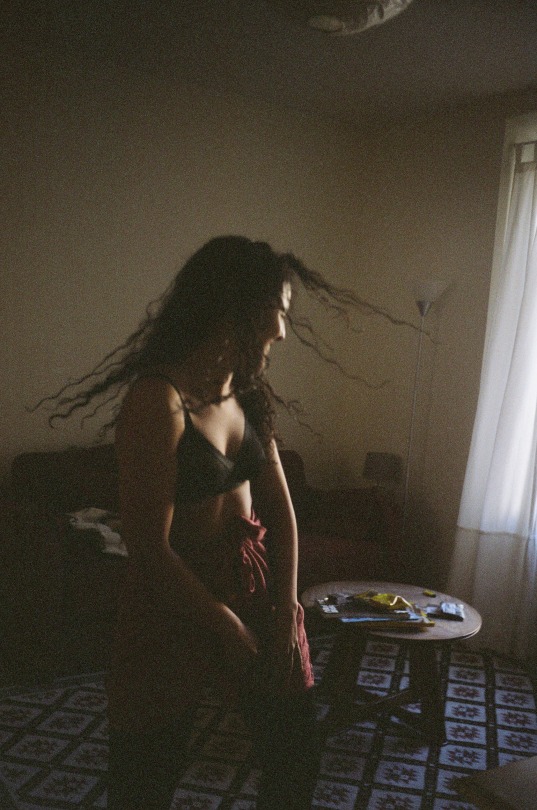

Matin / danse-exorcisme
Soir / lecture-divination
Paris, March 2021
6 notes
·
View notes
Photo

Dry Cleaning viewed on the security screen, opening for Amyl and The Sniffers at Heaven, 02/04/2019
#dry cleaning#music photography#concert photography#gig photography#live photography#heaven london#35mm
2 notes
·
View notes
Photo


Michelle Blades at Rock In The Barn, Vernon, 11/09/2020
#michelle blades#music photography#concert photography#gig photography#live photography#rock in the barn#35mm#cinestill 800t
2 notes
·
View notes
Link
‘But idealism and passion are inescapably linked to death!’
Étienne Daho interviewed for The Quietus (assisting David McKenna)
1 note
·
View note
Photo

Sorry at the Supersonic, Paris, 18/02/2020
#sorry#sorry band#music photography#live photography#concert photography#gig photography#35mm#supersonic#cinestill 800t
12 notes
·
View notes
Photo
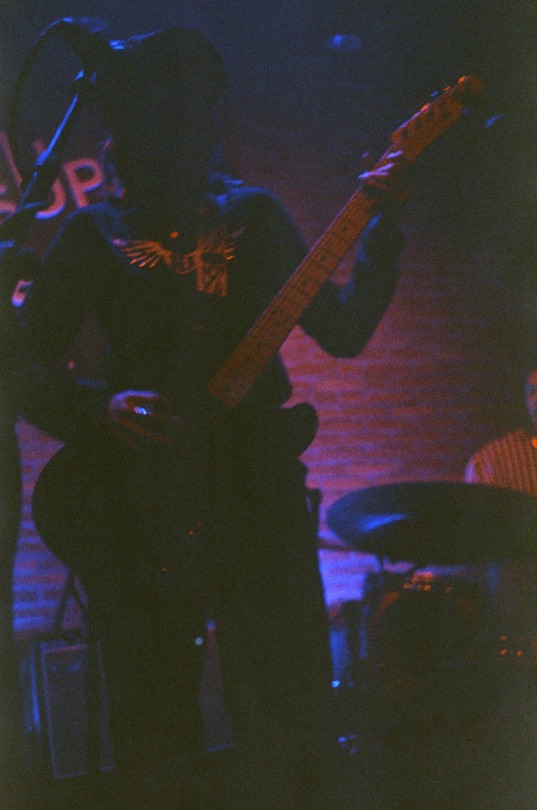

Sorry at the Supersonic, Paris, 18/02/2020
#sorry#sorry band#supersonic#music photography#live photography#gig photography#concert photography#35mm#cinestill 800t
5 notes
·
View notes
Photo


Le Petit Palace club, Paris, Feb. 2020 / from the archive: Rosalie, Berlin, July 2012
14 notes
·
View notes
Photo
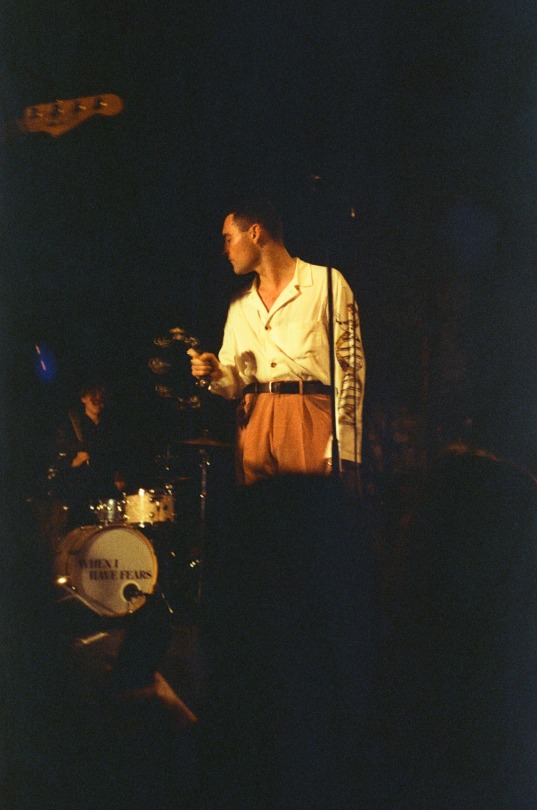
The Murder Capital at Café de la Danse, Paris, 10/02/2020
#the murder capital#music photography#live photography#gig photography#concert photography#café de la danse#35mm#cinestill 800t
20 notes
·
View notes
Photo
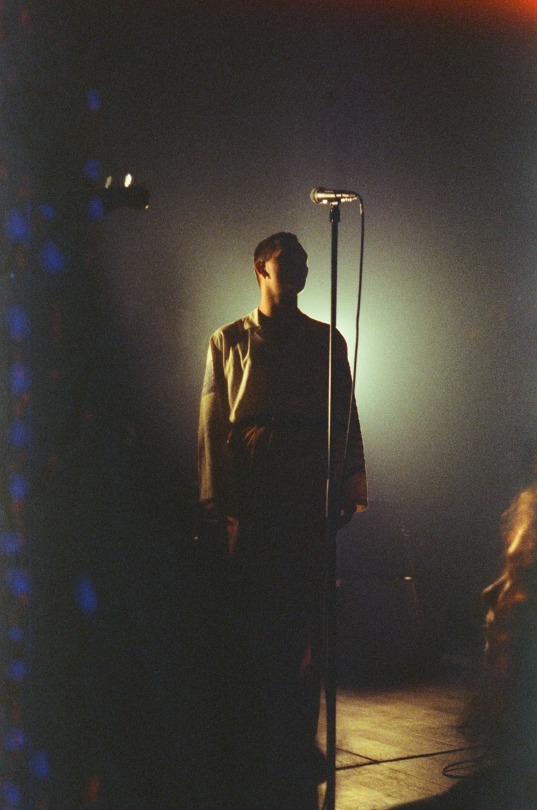

The Murder Capital at Café de la Danse, Paris, 10/02/2020
#the murder capital#music photography#concert photography#gig photography#live photography#35mm#café de la danse#cinestill 800t
10 notes
·
View notes
Photo


The Murder Capital at Café de la Danse, Paris, 10/02/2020
#the murder capital#music photography#concert photography#gig photography#live photography#café de la danse#35mm#cinestill 800t
3 notes
·
View notes
Photo
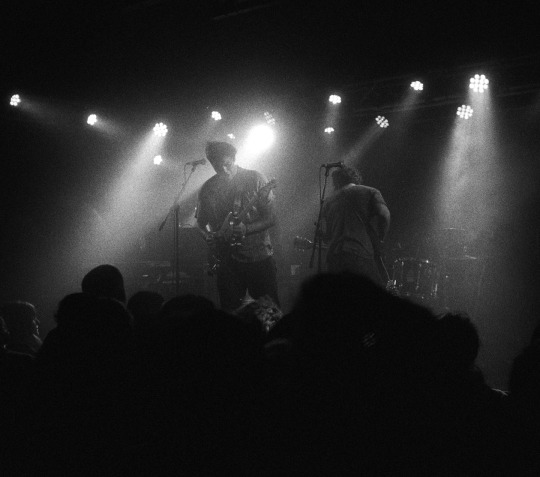
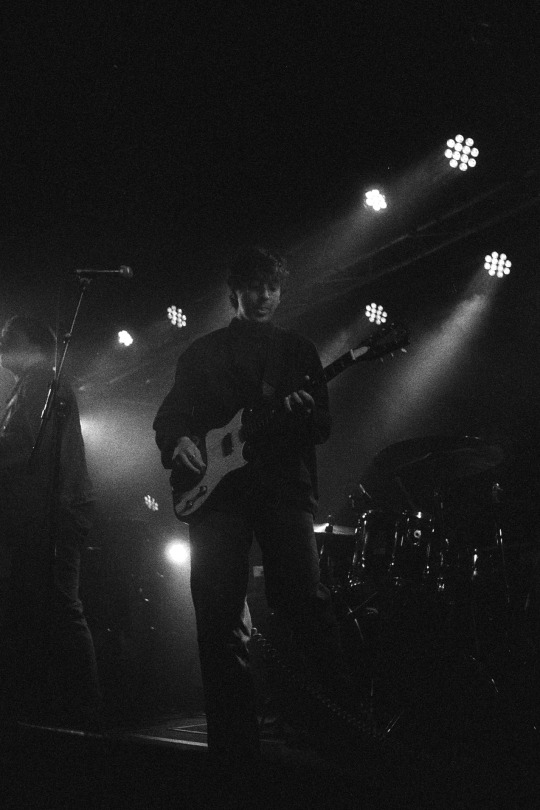
Twin Peaks at La Boule Noire, Paris, 15/10/2019
#twin peaks#music photography#film photography#concert photography#live photography#gig photography#35 mm#la boule noire#ilford delta 3200
1 note
·
View note
Photo
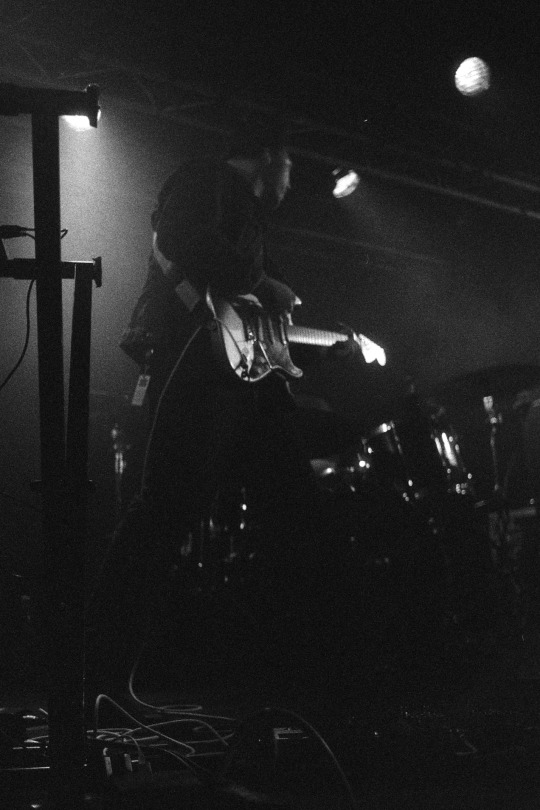

Twin Peaks at La Boule Noire, Paris, 15/10/2019
#twin peaks#la boule noire#film photography#gig photography#music photography#live photography#35mm#ilford delta 3200
3 notes
·
View notes
Photo

Twin Peaks at La Boule Noire, Paris, 15/10/2019
#twin peaks#film photography#la boule noire#music photography#live photography#gig photography#35mm#ilford delta 3200
1 note
·
View note
Photo

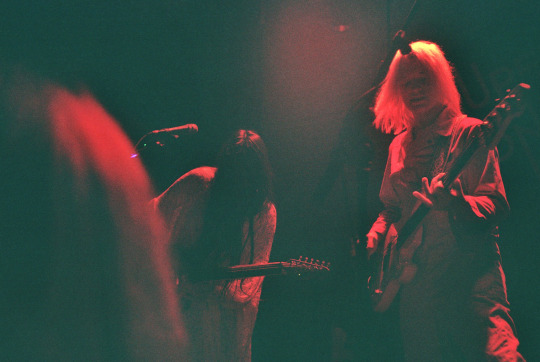
Sasami at the Supersonic, Paris, 10/09/2019
2 notes
·
View notes
Photo
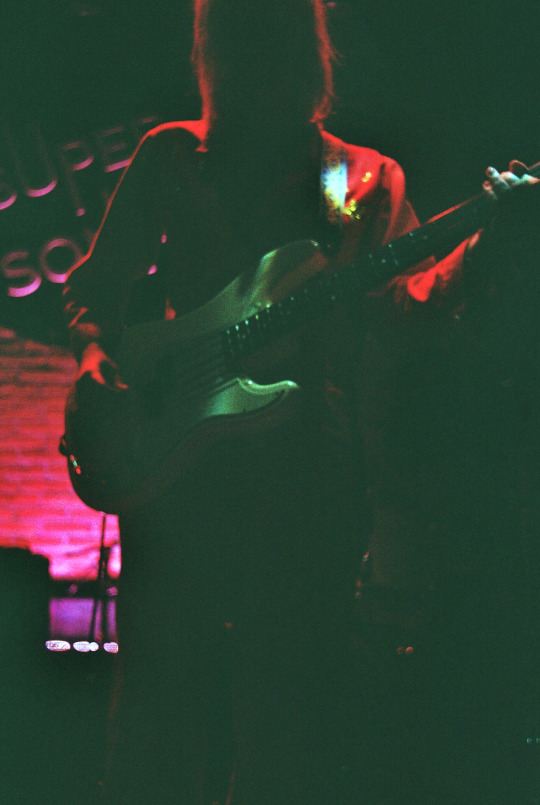

Sasami at the Supersonic, Paris, 10/09/2019
2 notes
·
View notes